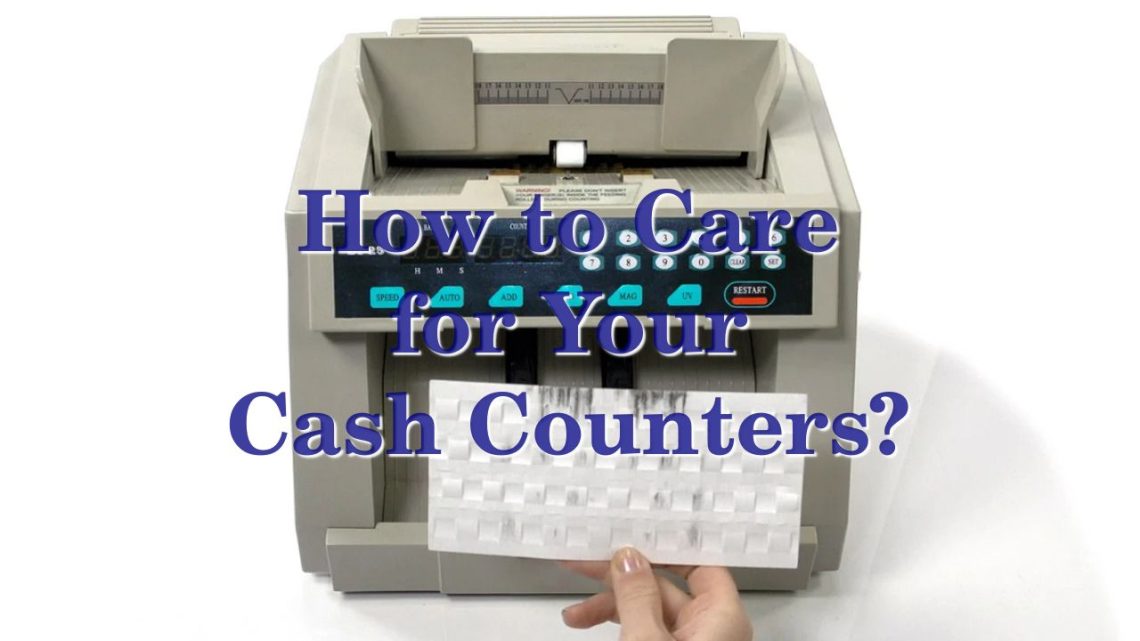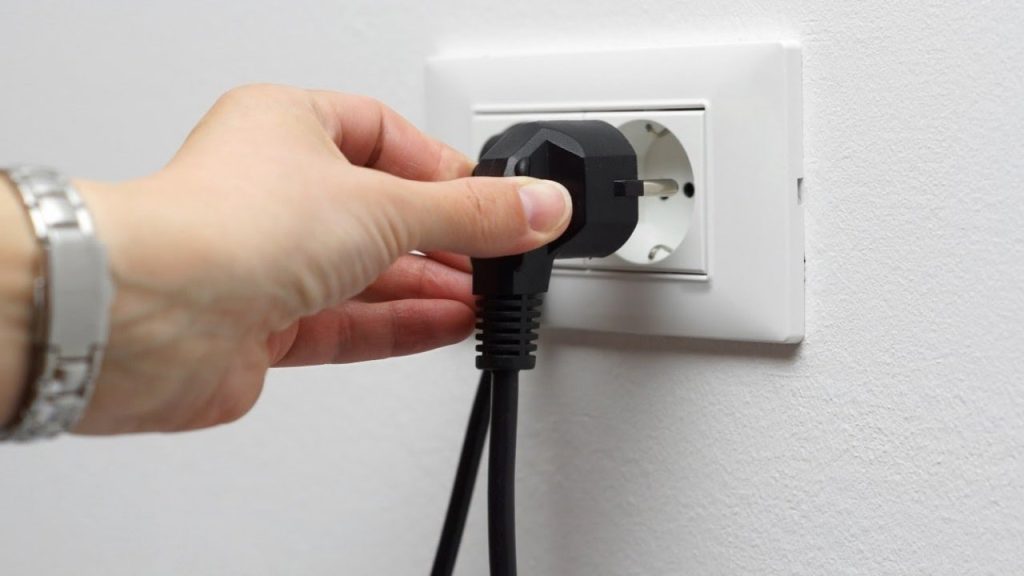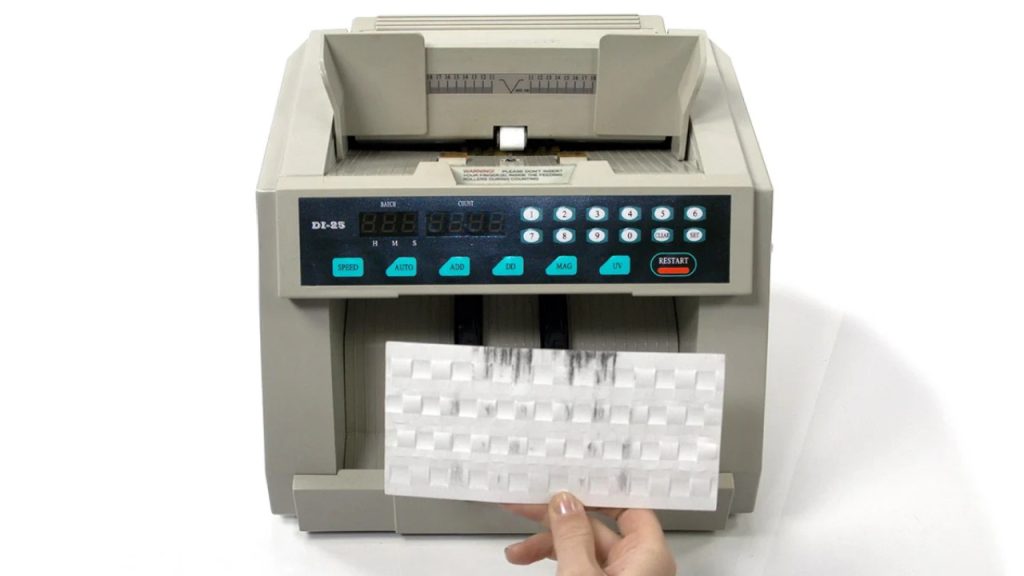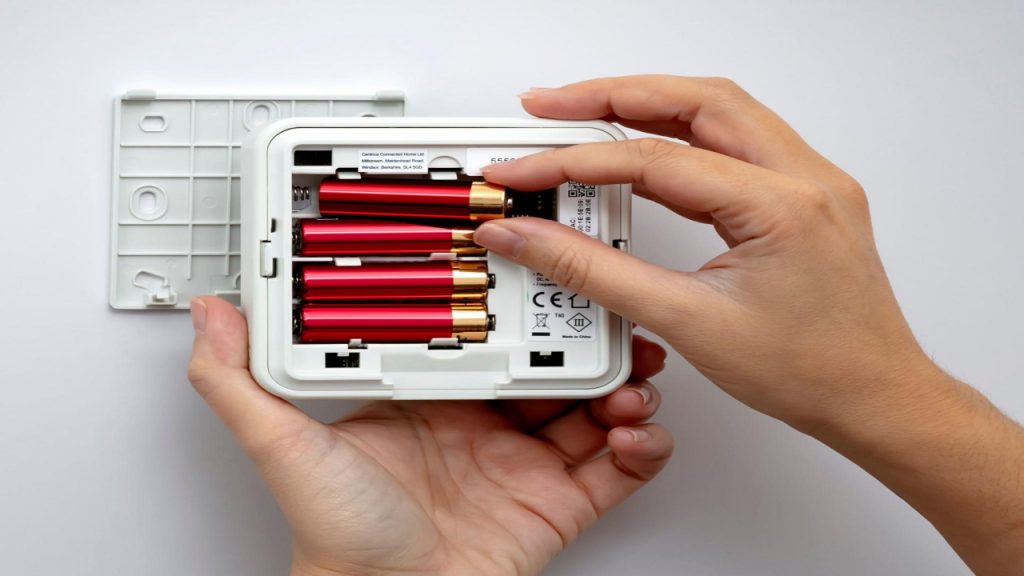
How to Care for Your Cash Counters?
Cash counters are essential tools for every retail store owner. They enable you to track sales and inventory levels at a glance. A cash counter is a device that allows customers to pay using cash or credit cards. These devices are usually located near the entrance of stores. The cashier scans the card through the machine, then prints out a receipt.
Cash counters are used in retail stores to count cash receipts. They’re also known as money-counting machines or cash registers. In order to care for your cash counter properly, you’ll need to understand some basic maintenance tips. Below is a list of things you should consider when caring for your cash register.
1. Check the Power Supply

Your cash counter needs the power to operate. When your power supply goes out, so does your cash register. To ensure that your cash register continues operating during power outages, make sure that its power supply is fully charged. You can test the power supply by plugging a multimeter into the back of the cash counter. Look for voltage readings between 12V and 24V. If you find that the reading drops below 12V, replace the battery immediately.
2. Clean out the Registers

Every day, dust accumulates inside your cash registers. Over time, this dust can build up and cause problems like jammed keys and malfunctioning displays. To prevent these issues, clean out your cash registers regularly. Use a vacuum cleaner for cleaning the cash counter, it will remove dust from the bottom of the cash counter. Use a brush attachment to clean the sides of the cash counter. Be careful not to scratch the glass display screens.
3. Replace the Battery

Your cash counter uses a rechargeable lithium-ion battery. As the battery ages, it loses capacity, which causes the cash register to run slower. Replacing the battery every six months will extend the life of your cash counter. Look for signs of aging in the battery. For example, if the color of the battery changes or the terminals become loose, replace the battery.
4. Change the Oil
Over time, the oil in your cash register may dry out and clog the gears. To avoid this issue, change the oil every 6,000 miles. Before changing the oil, turn off the cash counter and disconnect all cables. Remove the front panel cover and drain the oil from the gearbox.
5. Inspect the Display Screens
After cleaning the cash counter, inspect the display screens for cracks or damage. If you notice anything unusual, contact your service provider right away.
6. Check the Counter Periodically
You should inspect your cash counters every week or so. Look for signs of wear and tear, like cracks or chips. Also, make sure that the counting mechanism is functioning properly.
7. Clean the Counter Regularly
Cleaning your counters is a simple task that requires only soap and water. Use a sponge or rag to clean the surface of the countertop. Wipe away dirt and dust on the cash counter with a dry cloth.
8. Maintain Proper Lighting
Lighting is crucial for maintaining visibility inside the cash register area. Be sure to install lights that provide adequate illumination.
9. Replace Worn Parts
It’s best to replace worn parts before they become damaged beyond repair. For instance, if a roll of the tape becomes brittle, replace it before it breaks.
10. Repair Cracked Glass
Cracked glass may indicate a larger issue. If you notice a crack in the glass, call a professional immediately.




